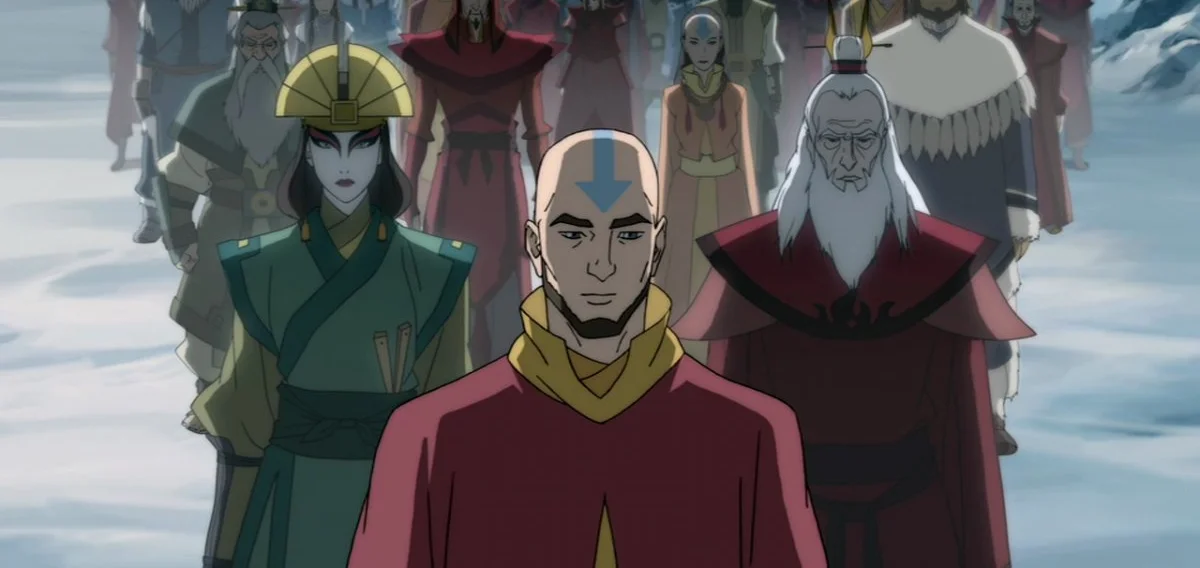Avatar: The Last Airbender (ATLA) expertly balanced episodic adventures with complex character arcs and thematic storytelling. Each episode contributed meaningfully to a larger narrative, resulting in a world that felt fully realized and characters that developed in a compelling, organic manner. The Legend of Korra (LoK), however, fails to live up to this standard. By abandoning the episodic structure of its predecessor in favor of a serialized approach, LoK sacrifices the depth, world-building, and nuanced character development that made ATLA a success. What should have been bold narrative choices instead result in rushed arcs, shallow political commentary, and a failure to build upon ATLA’s legacy.
Structure and Storytelling
Episodic Brilliance of ATLA
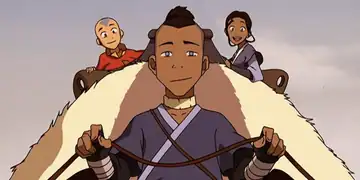
ATLA’s success is due in large part to its episodic nature. The deliberate pacing allowed for gradual character growth and world-building. Standalone episodes like “The Tales of Ba Sing Se” and “Zuko Alone” contributed to the larger story while adding layers of emotional depth and philosophical complexity. The show skillfully balanced lighthearted moments with serious themes such as identity, redemption, and war.
In contrast, LoK abandons the episodic format in favor of serialization, condensing its storytelling into 12-episode seasons. This decision sacrifices the nuance that ATLA cultivated. LoK’s fast pace results in truncated character arcs and superficial exploration of its themes. The show struggles to develop its political ideas and character dynamics in a meaningful way, often rushing through plot points without allowing them time to resonate. LoK’s serialized structure limits its capacity for the kind of introspection and world-building that made ATLA so effective.
Disjointed Storytelling and Thematic Incoherence in LoK
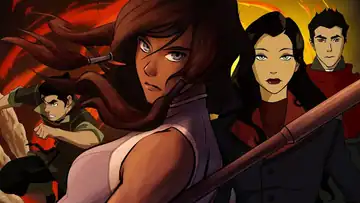
The serialized nature of LoK causes significant narrative problems. Each season introduces new characters, themes, and conflicts, but these elements are rarely given the time or attention they require. The seasons often feel disconnected from one another, with plotlines that are hastily introduced and resolved. The lack of continuity between seasons creates a fractured narrative that fails to build tension or stakes over time.
Where ATLA carefully developed its overarching plot and characters through episodic adventures that built upon one another, LoK’s approach leads to disjointed storytelling. The show’s attempts to tackle serious political issues—such as inequality, authoritarianism, and anarchism—are rendered ineffective by this fragmented structure. Complex ideas are introduced but not fully explored, leaving behind narratives that lack coherence or lasting impact.
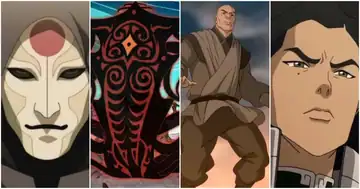
Continuity and Heredity: Korra’s Broken Legacy
The Avatar’s Legacy Shattered
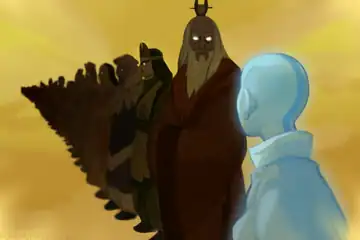 Credit: Daily-Toph
Credit: Daily-Toph
A critical element of ATLA’s success was the Avatar’s connection to their past lives. This connection served as a symbol of the cycle of balance between the physical and spiritual worlds and imbued the Avatar with the wisdom of their predecessors. Aang’s communion with past Avatars like Roku and Kyoshi added depth to his journey, grounding his decisions in the legacy of those who came before him.
LoK severs this connection, both symbolically and factually, severing Korra from the spiritual lineage of her past lives. This decision fundamentally undermines the Avatar mythos and the continuity that had been central to ATLA’s thematic core. By cutting off Korra from her predecessors, the show eliminates the inheritance of wisdom and experience that was integral to the Avatar’s role in maintaining balance. Korra’s personal struggles become detached from the larger legacy of the Avatar, further diminishing the show’s ability to connect to ATLA’s themes of continuity and balance.
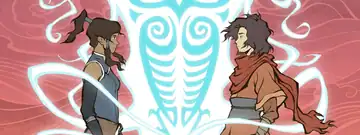
The severing of the Avatar cycle symbolizes Korra’s inability to inherit the rich history of her predecessors, both as a character and within the narrative structure. This act represents LoK’s overall failure to honor and build upon the spiritual and thematic legacy of ATLA.
Villain Arcs and Shallow Political Commentary
Amon (Anti-bending Movement)
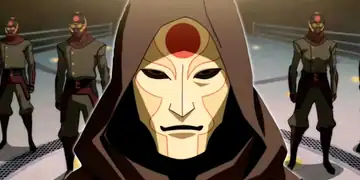
LoK introduces several antagonists, each with the potential to represent complex ideologies, but fails to fully develop any of them.
Amon leads the Equalist revolution, a movement that could have explored systemic inequality between benders and non-benders. However, the reveal that Amon is secretly a bloodbender undermines the movement’s ideological foundation. The narrative shifts from a legitimate critique of privilege to a shallow “gotcha” twist, invalidating the grievances of non-benders and reducing Amon to a hypocritical villain whose revolution is doomed from the start.
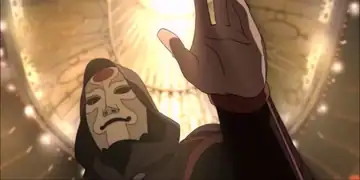
Unalaq (Spiritual Extremism)
Unalaq begins as a character positioned to examine the tension between tradition and modernization, particularly through spirituality. However, his arc quickly devolves into a power grab, reducing him to a generic villain obsessed with control. The opportunity to explore spiritual extremism in the context of the Avatar universe is abandoned in favor of a straightforward, predictable antagonist.
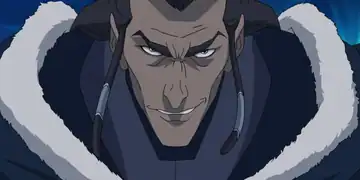
Zaheer (Anarchism and Anti-Authority)
Zaheer’s philosophy of anarchism presents a challenge to the Avatar’s role in maintaining world order, setting up what could have been the series’ most intellectually engaging conflict. Yet, the show reduces Zaheer to an extremist, driven by chaos rather than a fully realized critique of authority. The character’s anarchist views are portrayed as violent and destructive, with no meaningful exploration of the potential merits or flaws of his ideology.
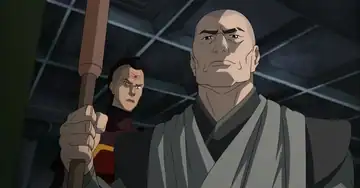
Kuvira (Fascism and Nationalism)
Kuvira’s authoritarian regime serves as a thinly veiled representation of fascism. However, the show does little to examine why such ideologies gain power or how societies fall under the sway of authoritarian leaders. Kuvira’s rise is attributed to her personal ambition, and the societal factors that allow her to consolidate power are ignored. Her arc is reduced to another portrayal of a power-hungry dictator, with no exploration of how fascist ideologies take root or the allure of authoritarianism.
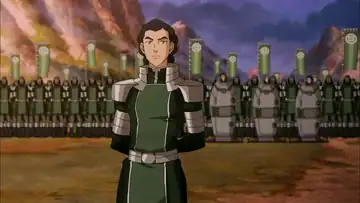
LoK’s antagonists embody interesting political ideologies, but none are given the necessary time or depth to fully explore these ideas. The show rushes through each villain’s arc, leaving them as caricatures of their respective ideologies. By failing to properly engage with these themes, LoK reduces its political commentary to surface-level platitudes.
Conclusion: A Failure of Heredity
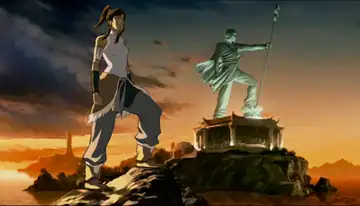
The Legend of Korra attempts to position itself as a more mature, politically engaged successor to Avatar: The Last Airbender. However, in adopting a serialized format and severing key thematic elements, the show fails to inherit the depth that made ATLA a success. The rushed pace of LoK’s storytelling sacrifices character development and thematic exploration in favor of spectacle, while its disjointed narrative structure prevents meaningful continuity between seasons.
Korra’s severed connection to her past lives mirrors the series’ inability to inherit the spiritual and narrative legacy of ATLA. LoK’s treatment of political themes, from inequality to authoritarianism, is equally shallow, as each antagonist is introduced with promise but quickly reduced to oversimplified villains. Ultimately, LoK’s ambitious narrative choices are undermined by its execution, leaving behind a series that, in trying to do too much, fails to achieve the depth or continuity that made its predecessor a masterpiece.
- yaro
